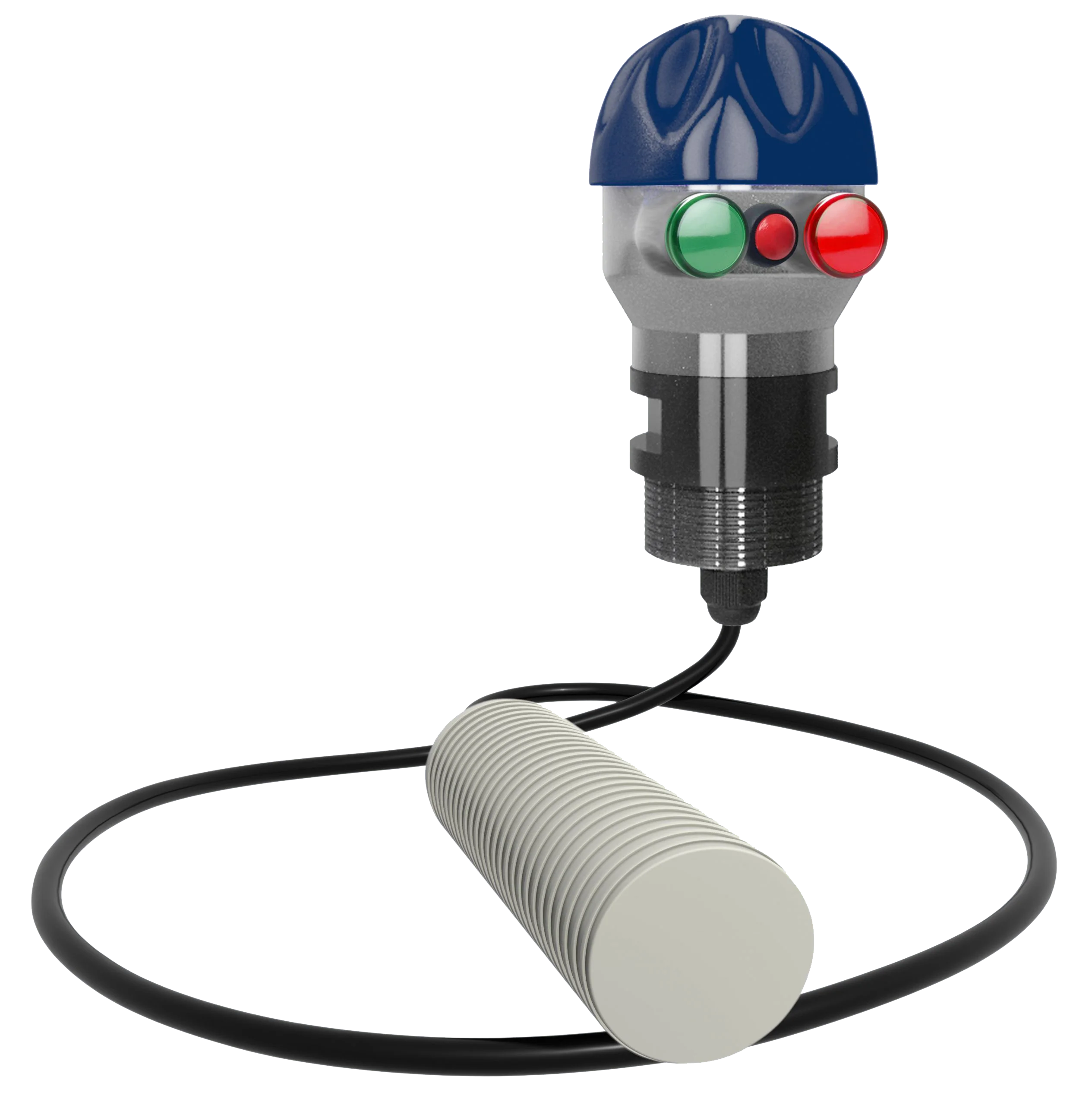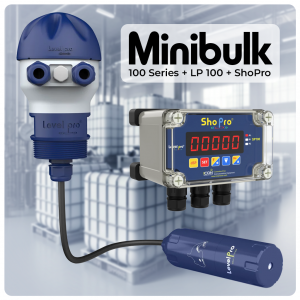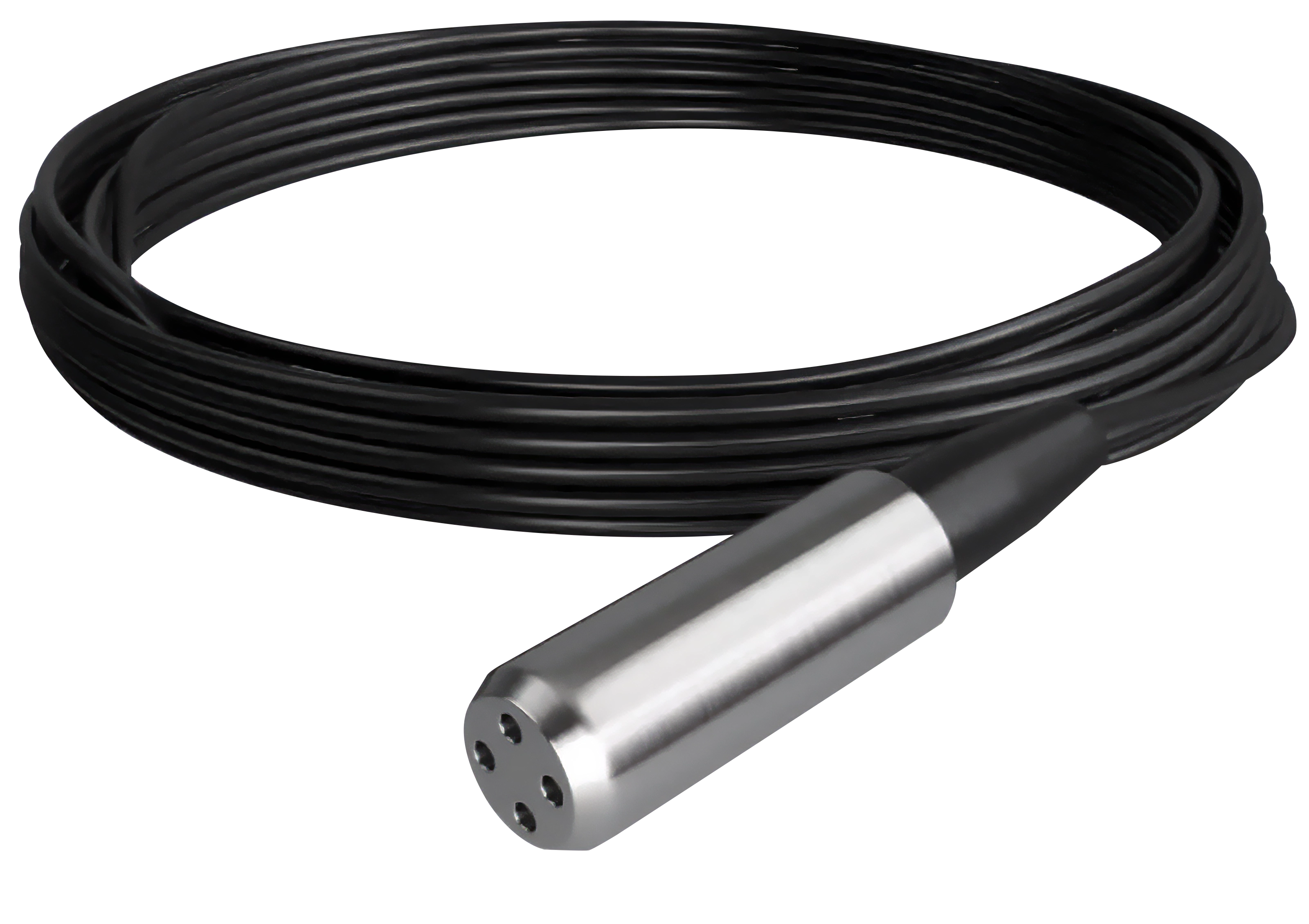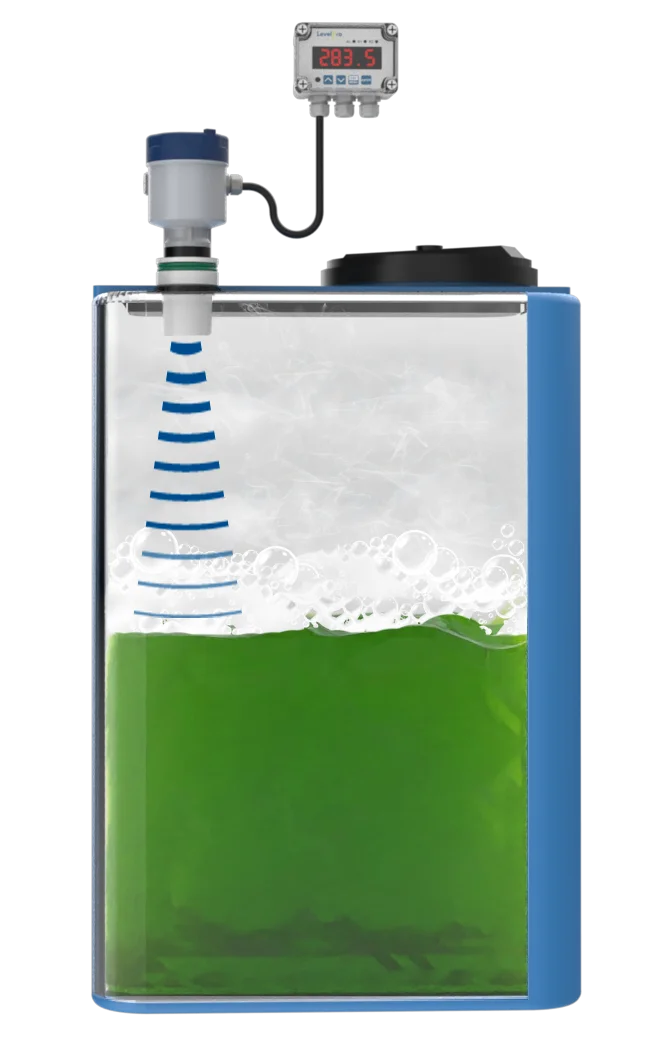Submersible Level Sensors : The Simple Choice

A submersible level sensor is a device for measuring the liquid level in a tank or other container. It operates by measuring the liquid head pressure, or the force imposed by the liquid’s weight on the sensor. The liquid’s head pressure puts a force on the sensor’s diaphragm. Ceramic is used for the diaphragm material in plastic submersible sensors.
The sensor is normally positioned near the tank’s base and is intended to be submerged in the liquid.
The force exerted by different liquids or liquids with varied concentrations is known as specific gravity. The specific gravity of water is 1.0. Each submersible level sensor is calibrated against the range of water. For every one (1) foot of liquid water column, water or H2O produces a force of 2.31 psi. Consequently, a submersible level sensor with a range of 10 PSI could measure 23,1 feet of water.
If the substance or medium being measured has a specific gravity of 2, the new range of the sensor will be cut in half. 23.1/2 = 11.55 ft.
Likewise, if the liquid medium were lighter than water, the range would be expanded. S.G = 0.5; hence, 23.1/0.5 equals the new range of 46.2 feet.
Several distinct sensing diaphragm methods are utilised in submersible level sensors. Utilizing an electrode to monitor variations in the electrical capacitance of the diaphragm induced by changes in the liquid level, capacitance is a common technology.
The common signal output of submersible level sensors is 4-20mA, which is a standard industrial output signal. They are user-friendly, require no programming, and are accurate.
In addition to the detecting diaphragm technology, it is essential to use chemically resistant o-ring seals to protect the sensor from chemical exposure.
Integral weights for plastic sensors are also essential since they help maintain the sensor’s right position in the liquid, near the tank’s base.
PVC, CPVC, PP, PVDF, PTFE Teflon, and 316SS are the building materials for submersible level sensors.
PVC and CPVC are often utilised in applications involving water and mild chemicals.
PP is utilised in applications where greater temperatures and chemical resistance are required.
In chemical applications where high strength and chemical resistance are required, PVDF is utilised.
In harsh chemical applications, PTFE Teflon is employed.
316SS is utilised in applications that require corrosion resistance, such as sodium hydroxide and potassium hydroxide. Both substances harm the ceramic-sensing membrane.
A submersible level sensor is a device used to detect the liquid level in a tank or other container by monitoring the liquid’s head pressure while sitting at the bottom of the tank.
They are user-friendly, require no programming, and are highly accurate. For plastic sensors, it is essential to utilise chemically resistant o-ring seals and integral weight. PVC, CPVC, PP, PVDF, PTFE Teflon, and 316SS are building materials for submersible level sensors that are appropriate for a variety of applications.
Learn more about chemical level sensors
Please contact us to discuss your application


